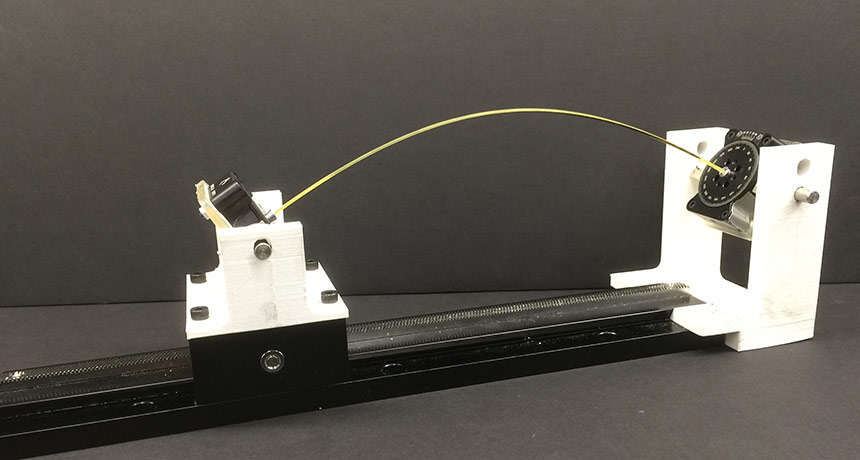Here’s how to bend spaghetti to your will
To avoid having the pasta shatter, give it a twist before snapping it in half

CLEAN BREAK Researchers discovered the secret to snapping dry spaghetti in half using a custom device (above) that twists and bends a rod of pasta until it breaks.
Ronald Heisser and Vishal Patil







